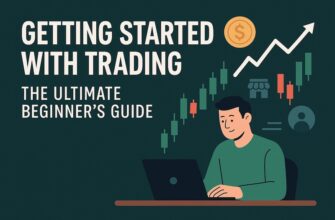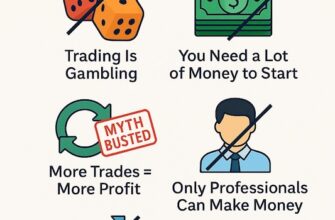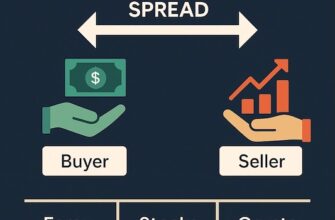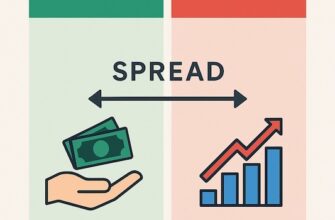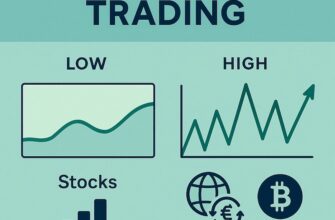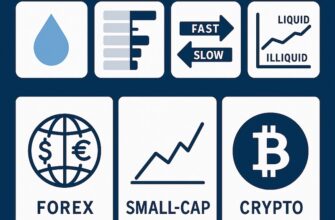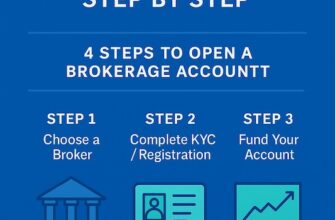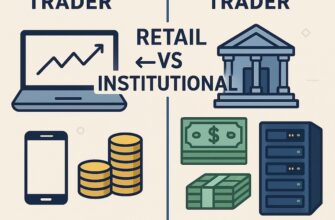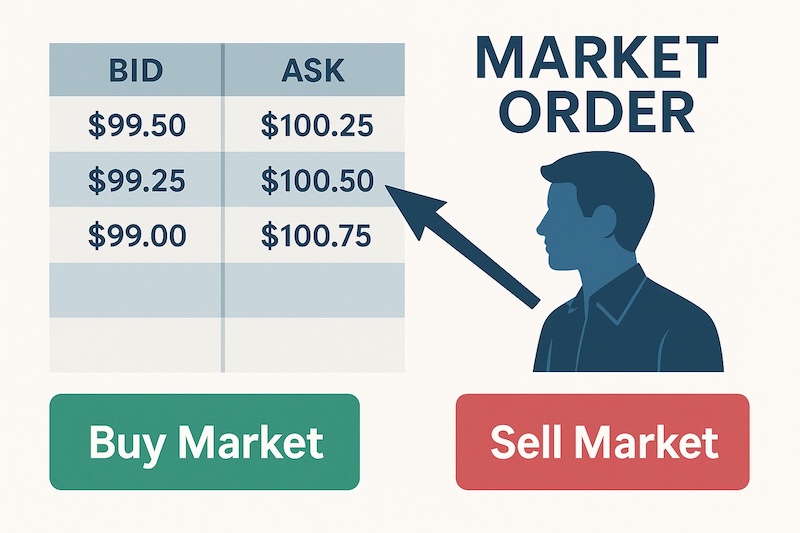
When beginners first step into trading — whether in stocks, forex, or crypto — the term “market order” usually comes up right away. It’s one of the simplest ways to buy or sell an asset, yet the mechanics and consequences behind it are not always obvious. Understanding what a market order is, how it works, and when it makes sense to use one is essential if you want to trade responsibly and avoid common mistakes.
This article breaks down the definition, provides clear examples, highlights the main pros and cons, and gives you practical guidelines for when a market order should (and shouldn’t) be used.
- Definition
- How It Works (Examples in Forex and Stocks)
- Stock Example
- Forex Example
- Crypto Example
- Advantages of Market Orders
- 1. Speed of Execution
- 2. Execution Certainty
- 3. Simplicity for Beginners
- Disadvantages of Market Orders
- 1. Slippage Risk
- 2. Spread Costs
- 3. Lack of Price Control
- When to Use Market Orders
- Situations Where They Work Well
- Situations to Avoid
- Market Order Trading Example
- Key Takeaways
- FAQ
- Is a market order the same as an instant order?
- Why do market orders cause slippage?
- Can I lose money with a market order?
- When is a market order the best choice?
Definition
A market order is an instruction to buy or sell a security immediately at the best available price in the market.
Think of it this way: if you walk into a store and say, “I’ll take that item now, whatever it costs,” you’re essentially placing a market order. You accept the price on the tag without haggling.
This differs from a limit order, where you set a specific price and wait until the market reaches it.
How It Works (Examples in Forex and Stocks)
Stock Example
Suppose you want to buy 100 shares of Apple (AAPL). The current ask price is $180.20, while the bid price is $180.15. If you place a market buy order, your broker will fill it at $180.20 (the lowest price someone is willing to sell right now).
If you sell instead, the order will be filled at $180.15 (the highest price a buyer is offering).
Execution is fast because you are not negotiating—you’re taking whatever is available.
Forex Example
Let’s say you’re trading EUR/USD, which is quoted at 1.0920 (bid) / 1.0922 (ask).
- A market buy order is executed at 1.0922.
- A market sell order is executed at 1.0920.
In forex, the difference between these numbers is the spread, which acts as a cost to the trader.
Crypto Example
On a crypto exchange, suppose Bitcoin is trading at $63,000 / $63,050. A market buy would execute at $63,050, while a market sell would go through at $63,000. Because crypto exchanges can be less liquid than stock exchanges, slippage (price changes during execution) is often larger.
Advantages of Market Orders
1. Speed of Execution
The primary benefit is speed. In fast-moving markets, a market order ensures your trade goes through without delay. Day traders and scalpers often rely on them to enter and exit positions instantly.
2. Execution Certainty
With a market order, you’re almost guaranteed to get filled. While the exact price might vary slightly due to slippage, the trade will happen. In contrast, a limit order can remain unfilled for hours or days if the market never hits your chosen price.
3. Simplicity for Beginners
For newcomers, market orders remove complexity. You don’t need to calculate exact entry levels—you just buy or sell “at market.” This makes them useful for someone learning the basics of order placement.
Disadvantages of Market Orders
1. Slippage Risk
Slippage occurs when the final executed price differs from the price you saw on screen when placing the order. For example, you might see $50.00, but by the time your order hits the exchange, it’s filled at $50.20.
This risk grows during:
- High-volatility events (earnings announcements, economic reports).
- Low-liquidity markets (penny stocks, certain crypto tokens).
2. Spread Costs
Remember the bid/ask spread? With market orders, you always cross that spread, effectively paying it as a cost. Frequent use of market orders can add up, especially in forex or crypto where spreads can be wide.
3. Lack of Price Control
Unlike limit orders, market orders don’t let you specify a maximum buy price or minimum sell price. If the order book is thin, your trade might get filled at levels far worse than expected.
When to Use Market Orders
Market orders are not “good” or “bad” by themselves—they are tools. The key is knowing when they make sense.
Situations Where They Work Well
- Highly liquid markets: Large-cap stocks, major forex pairs, and popular crypto coins usually have deep order books, minimizing slippage.
- Urgent execution: When you need to enter or exit immediately—for example, cutting a loss fast or catching a breakout.
- Small order sizes: If you’re trading a modest number of shares or units, the impact on price is minimal.
Situations to Avoid
- Thinly traded assets: Small-cap stocks, exotic forex pairs, or illiquid altcoins can have wide spreads and shallow books. A market order here may result in poor fills.
- High-volatility periods: Earnings releases, central bank announcements, or crypto pump-and-dump schemes can cause prices to jump in seconds.
Market Order Trading Example
Imagine you’re a beginner with $1,000 who wants to invest in Tesla (TSLA). The stock is trading at $250.00 (bid) / $250.10 (ask). You place a market buy order for 4 shares.
- Your broker fills it at $250.10.
- The total cost is $1,000.40, slightly more than you expected.
Now suppose Tesla reports earnings minutes later, and volatility spikes. The bid/ask jumps to $249.00 / $251.00. If you place another market buy for 4 shares, you could end up paying $251.00—almost a full dollar higher per share.
This example shows both the convenience and the potential cost of market orders.
Key Takeaways
- A market order executes immediately at the best available price.
- It offers speed and certainty but comes with risks: slippage, spread costs, and lack of control.
- Best suited for liquid markets and urgent trades.
- Should be avoided in thin or highly volatile conditions.
- Beginners often start with market orders, but as experience grows, limit and stop orders become essential tools.
FAQ
Is a market order the same as an instant order?
Yes. Many brokers use the term “instant order” to describe a market order because the intention is immediate execution at the current market price.
Why do market orders cause slippage?
Because prices can change between the moment you place the order and the moment it reaches the exchange. In volatile or illiquid markets, this gap can be significant.
Can I lose money with a market order?
Not directly from the order itself, but poor fills and high spreads can eat into profits. Always consider liquidity and volatility before using one.
When is a market order the best choice?
When you need execution certainty—such as entering or exiting quickly in a liquid market.

